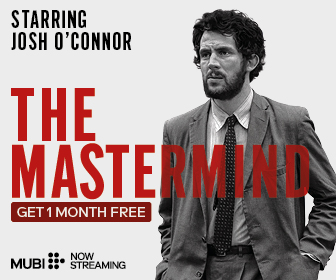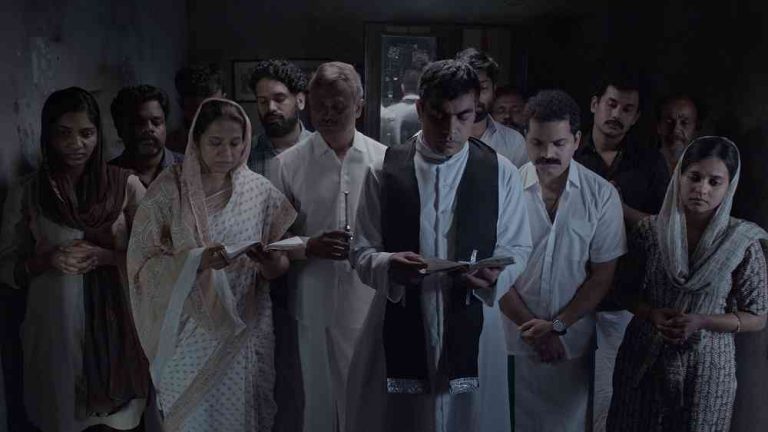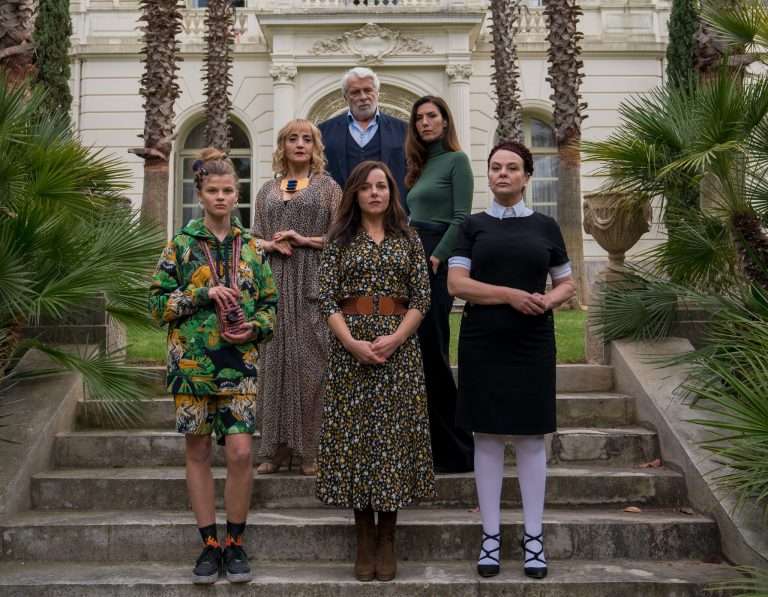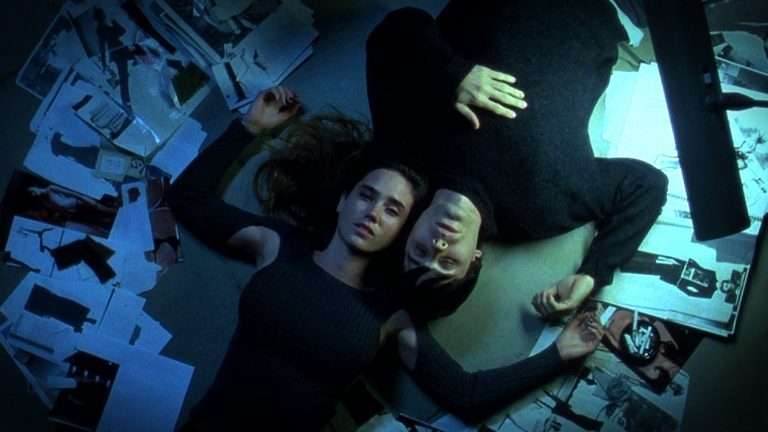The opening frames of “Baby Driver” exude a certain joie de vivre. Primarily, it stems from director Edgar Wright integrating the movies he loves—neo-noir-tinged heist movies (especially Walter Hill’s 1978 film “The Driver”)—with the eclectic yet energetic playlist within the iPods that Baby carries in his jacket pocket like candy, one for each mood.
It’s easy to dismiss “Baby Driver” as just a “playlist turned screenplay,” but it’s really the other way around—the action is edited to the playlist, and that’s where its power lies. Beneath the film’s precision-cut chases, the conceit of Baby—a tinnitus-afflicted getaway driver who uses music to steady his world—is carefully built into every beat. One can also attribute Ansel Elgort as very much cast due to being presented as of the Ryan O’Neal mold, the same mold that Ryan Gosling’s central character in “Drive” is cast out of.
What makes “Baby Driver” different, other than Wright’s auteurism, is his attempt to both pay homage and subvert. It works in some instances, whereby Baby’s proclivity to listen to music and record stray conversations to create mixtapes both become points of conflict and push the character to make harder choices.
There are also scenarios where a character, far too quirky and overwhelming even for the world created—Jamie Foxx’s Bats—completely takes over the musicality of the world, bringing with it an air of unchecked menace and violence scored to “Tequila.” Wright tries to utilize Elgort’s limited acting prowess to his advantage, crafting the strong, silent getaway driver mold, but uses the conceit of the music and the love interest to bring in sprinkles of differentiation rather than actual layers.
In ideation, it works in theory. From a practical perspective, it is inconsistent. The film lurches from one heist to the next, where the fun of the film rests in watching the plan come to fruition, scored to an exciting track—Bellbottoms by Jon Spencer Blues Explosion—and also goes haywire, again scored to an exciting track—Hocus Pocus by Focus. The fun of the film is watching Wright go full maximalist in terms of match cuts, throw caution to the wind while crafting set pieces, and do long takes and dolly shots as the camera follows Elgort’s Baby. The fun is in realizing the cinematic nature of the film itself, where reality itself is under the whims of the playlist.

It’s the narrative reality, where the supporting characters are comic book caricatures, where the violence and cynicism of the criminal world and the consequences of the actions rear their ugly, blood-soaked, violent head, scored yet again to Queen’s Brighton Rock or, in a moment of inspiration, Barry White’s “Never Never Gonna Give Ya Up” to heighten the tension. The problem stems from the stock characterization itself, whereby the characters’ arc progression collides unfavorably with the positioning of the action set pieces situated within the screenplay. As a result, the film, especially within its final act, becomes far more disjointed than perhaps intended.
Then again, if the populist tendency of mainstream cinema had been the intentionality of “Baby Driver” (2017), Edgar Wright could have done far worse. After all, sanding off the cynicism of the neo-noir “heist gone wrong” tale into a populist boy-meets-girl love story, as well as trying to retain the ambiguity of said cynicism, is a tough enough balancing act that could prove to be overwhelming even for the most deft directors.
The question of whether the homaging of a neo-noir staple makes the resultant film part of that same umbrella, especially when cinematographer Bill Pope manages to shoot the night sequences with neon glow, has unvarnished flair, but the shots in the daytime have a somewhat dull, digital-induced sheen. To give credit where it’s due, “Baby Driver,” even in its upbeat tempo, never actually ends with a happy resolution, but rather with a dream sequence played to Simon and Garfunkel’s “Baby Driver”, a cheeky sendoff that is as much homage as it is subversion.
Making “Baby Driver” a style over substance makes the film simpler and streamlined, but doesn’t take away from the overall stumbles of the tale, including the lead performance. Then again, seven years post its release, watching a movie starring Ansel Elgort and also having Kevin Spacey as the crime boss with a heart of gold, where the proliferation of cell phones still isn’t as rampant as now, makes it very much a product of its time, warts and all.





![Damsel [2018] Review – A Thoughtful, Absurdist Adventure Drama Set in the Mythic West](https://79468c92.delivery.rocketcdn.me/wp-content/uploads/2018/09/Damsel-2018-768x454.jpg)

![Wrath Of Man [2021] Review : Guy Ritchie’s Stab At The Crime Epic](https://79468c92.delivery.rocketcdn.me/wp-content/uploads/2021/06/wrath-of-man-768x512.jpg)



If you edit your articles better and get slightly better content, as in more dissection of the film than flowery platitudes, your site will do really well. Kudos!
Thanks for your feedback. We eventually reassigned this review and updated the new text.